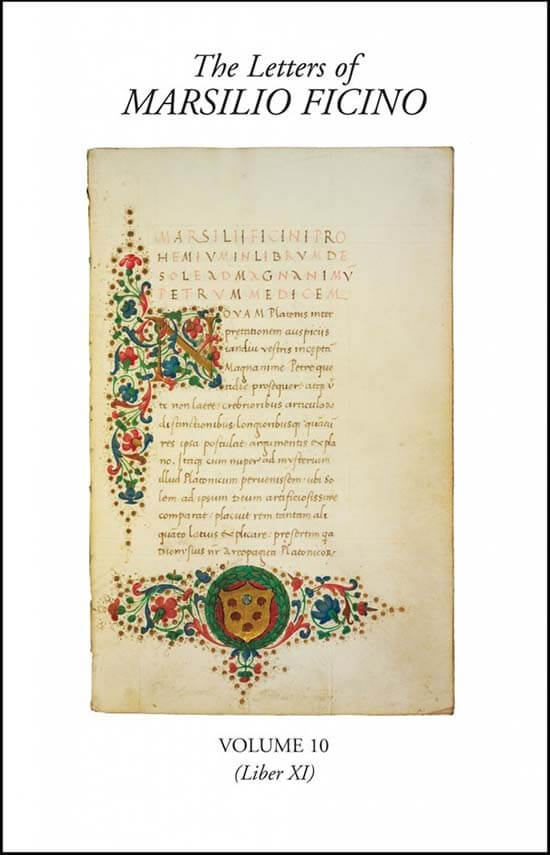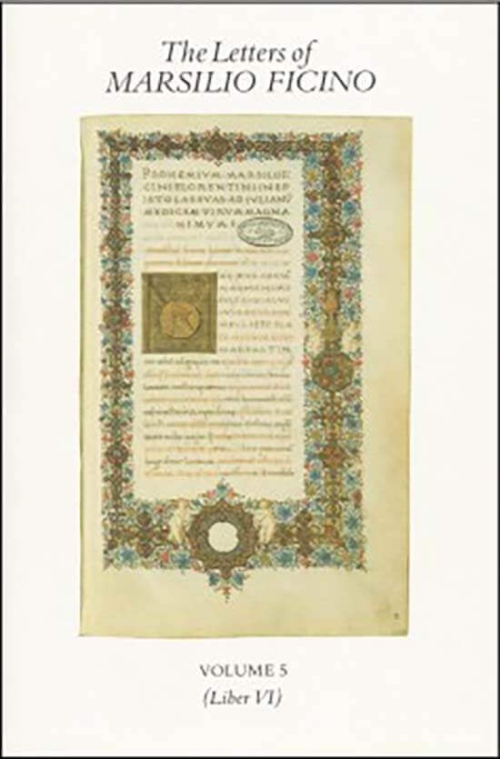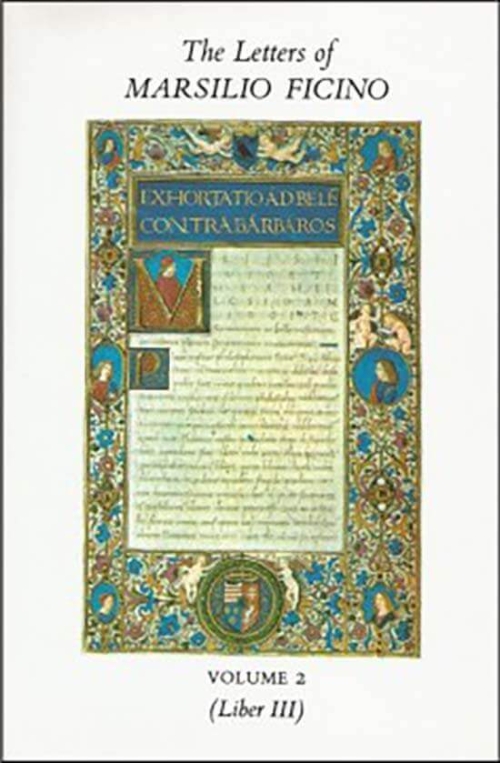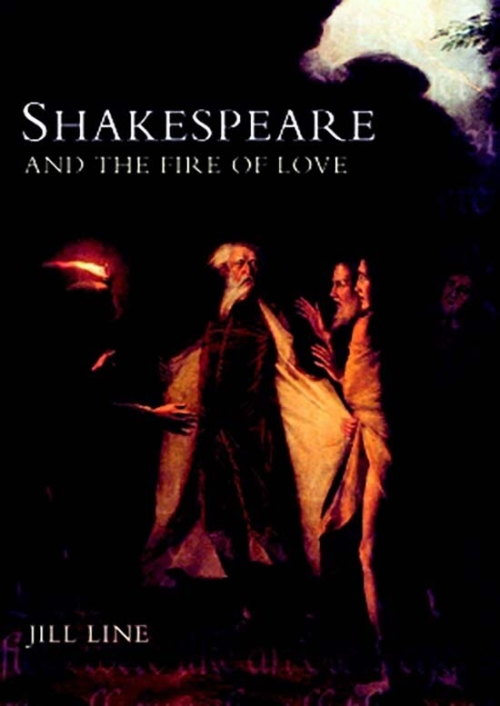Description
Volume 10 in the Shepheard-Walwyn edition corresponds with Book XI of the original Latin edition.
Volumes 1-10 are available here as a complete set at a reduced price.
These volumes contain the first English translation of the corpus of letters published during the lifetime of the philosopher priest who helped to shape the Renaissance worldview. The letters in this volume span the seventeen months from April 1491 to September 1492. This period marked a critical time for the whole of Florence, occasioned by the death of Lorenzo de’ Medici, effective ruler of the city for more than two decades. In one of the letters Ficino calls him ‘the great and god-like Lorenzo’. The youth and inexperience of his son and successor, Piero, led to discontent and instability, a situation that would soon be exploited by the radical reforming friar, Girolamo Savonarola.
Despite this political instability it was a period of prolific creativity in literature and the arts, described by Ficino as a ‘golden age’. 1491 saw the publication of important works in philosophy by Pico della Mirandola and in philology by Poliziano. Ficino himself brought out his great Plotinus translation with the commentary that had occupied him for several years. He sent copies of some fascinating minor texts he had explored to his friends, including extracts from newly discovered writings of Proclus on Plato’s Republic and Alcibiades I. In one letter to Martin Prenninger, Professor of Ecclesiastical Law at Tübingen University and counsellor to Count Eberhard, he talks about the reprinting, in Venice, of his translations of Plato’s dialogues and the Platonic Theology.
A particular feature of this volume is Ficino’s German correspondence. The book begins with an exchange with a lawyer in Augsburg. He dedicates a work on the Sun to Count Eberhard and sends books to Martin ‘Uranius’ Prenninger, who is a recipient of five of the letters in this volume. He takes care of two German students in Florence, one of whom is Reuchlin’s younger brother. For Prenninger he compiles a list of those who have been close to him in his philosophic studies, beginning with his patrons from the House of Medici and including companions and colleagues, new and old.
The illustration on the front of the jacket shows the frontispiece of a manuscript written by Luca Fabiani in 1493, containing amongst other things Ficino’s De sole (MS Acquisti e Doni 665, fol. 1 recto) in the Biblioteca Medicea Laurenziana, Florence. It is reproduced with kind permission.
______________________________________________
Author Details
Translated from the Latin by members of the Language Department of the School of Economic Science, London.
You can read more about Arthur Farndell, who collaborated as a translator on this project, on his author page.
______________________________________________
Reviews
“Such giants as Ficino deserve a wider audience.”
Umberto Eco
“In the last two decades or so it has become very difficult to keep high scholarly standards in the humanities … In such circumstances it is almost a miracle to find the recent tenth volume in this ambitious and important project of providing English translations to Marsilio Ficino’s letters, containing book 11 of Ficino’s letters … All in all this volume is an example of the high scholarly standards essential to the humanities.”
Amos Edelheit, Renaissance Quarterly
“These letters are not only a joy to read, they are deeply nourishing. Like Plato’s Dialogues, they make me stand up straight and listen. Ficino’s letters are witty, subtle, full of intelligence and wisdom. His words are joyful and have a poetry and intimacy that I cannot resist. If you try reading them out loud, as I did, you discover that they have a rhythm and a haunting melody all of their own. Very soon, you will find yourself admiring the rich beauty of this man.”
Elizabeth Medler, Editor of New Vision
“This new edition of Ficino’s letters continues the positive trend of the past volumes, and posits itself as a precious instrument of research and an inspiring reference for Ficino scholars and Renaissance experts alike.”
Marco Piana, McGill University in Renaissance and Reformation
Arthur Farndell talks about the translation of the Ficino Letters in Watkins Mind Body Spirit Magazine
(www.watkinsmagazine.com and www.watkinsbooks.com) – Read his article here.
From reviews of previous volumes
“Marsilio Ficino (1433-1499) was at the very fountainhead of some of the most characteristic and influential aspects of the Italian Renaissance.”
C B Schmitt, The Times Literary Supplement
“All that we regard as the norm of Western European art – Botticelli’s paintings, Monteverdi’s music, Shakespeare’s philosophical lovers, Berowne and Lorenzo, Jacques and Portia – has flowered from Ficino’s Florence.”
Kathleen Raine, The Times
“Undoubtedly these letters comprise one of the ‘spiritual classics’ of the past thousand years.”
Christopher Booker, The Spectator






